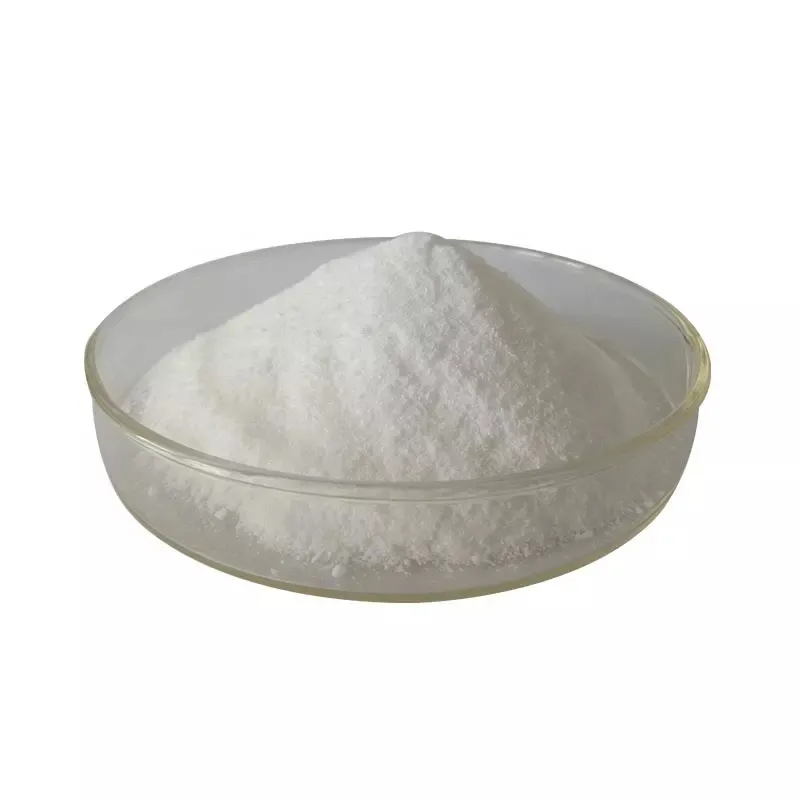 Email: sale@hebeidisha.com
Email: sale@hebeidisha.com
 Tel: +86 13315186550
Tel: +86 13315186550
- Afrikaans
- Albanian
- Amharic
- Arabic
- Armenian
- Azerbaijani
- Basque
- Belarusian
- Bengali
- Bosnian
- Bulgarian
- Catalan
- Cebuano
- China
- China (Taiwan)
- Corsican
- Croatian
- Czech
- Danish
- Dutch
- English
- Esperanto
- Estonian
- Finnish
- French
- Frisian
- Galician
- Georgian
- German
- Greek
- Gujarati
- Haitian Creole
- hausa
- hawaiian
- Hebrew
- Hindi
- Miao
- Hungarian
- Icelandic
- igbo
- Indonesian
- irish
- Italian
- Japanese
- Javanese
- Kannada
- kazakh
- Khmer
- Rwandese
- Korean
- Kurdish
- Kyrgyz
- Lao
- Latin
- Latvian
- Lithuanian
- Luxembourgish
- Macedonian
- Malgashi
- Malay
- Malayalam
- Maltese
- Maori
- Marathi
- Mongolian
- Myanmar
- Nepali
- Norwegian
- Norwegian
- Occitan
- Pashto
- Persian
- Polish
- Portuguese
- Punjabi
- Romanian
- Russian
- Samoan
- Scottish Gaelic
- Serbian
- Sesotho
- Shona
- Sindhi
- Sinhala
- Slovak
- Slovenian
- Somali
- Spanish
- Sundanese
- Swahili
- Swedish
- Tagalog
- Tajik
- Tamil
- Tatar
- Telugu
- Thai
- Turkish
- Turkmen
- Ukrainian
- Urdu
- Uighur
- Uzbek
- Vietnamese
- Welsh
- Bantu
- Yiddish
- Yoruba
- Zulu
Sult . 16, 2024 07:23 Back to list
Bio-Based Adipic Acid
Bio-Based Adipic Acid A Sustainable Pathway for the Future
Adipic acid is a crucial building block in the production of various polymers, notably nylon 6,6, which is widely used in textiles, automotive parts, and engineering plastics. Traditionally, adipic acid has been produced through petrochemical processes, raising significant environmental concerns due to the carbon emissions associated with fossil fuel extraction and processing. In recent years, the shift towards bio-based alternatives has become a focal point in the quest for sustainable manufacturing practices.
Bio-Based Adipic Acid A Sustainable Pathway for the Future
The use of bio-based adipic acid has garnered significant interest from both academic and industrial sectors due to its potential to enhance sustainability in the chemical industry. Research indicates that the life cycle assessment of bio-based adipic acid shows substantial reductions in carbon dioxide emissions compared to conventional methods. Additionally, the cultivation of biomass feedstocks can contribute to carbon sequestration, further mitigating the impacts of climate change.
bio based adipic acid

Moreover, the transition to bio-based adipic acid aligns with global sustainability goals and circular economy initiatives. By utilizing waste products and agricultural residues as raw materials, producers can create a more closed-loop system in which material waste is minimized, and resource efficiency is maximized. This approach not only fosters economic growth but also supports rural communities by creating new markets for agricultural products.
Despite the advantages, the commercialization of bio-based adipic acid faces several challenges. These include scalability, cost competitiveness, and technological development. Current production methods may still be more expensive than traditional petrochemical processes. However, with increasing investments in research and innovation, breakthroughs in fermentation technology and bioprocess optimization are anticipated to bridge this gap.
In conclusion, bio-based adipic acid holds significant promise as a sustainable alternative to its petrochemical derivative. As the world continues to grapple with the environmental impacts of traditional manufacturing, the bio-based economy is emerging as a viable solution. By embracing bio-based adipic acid, industries can move towards greener practices, foster innovation, and contribute to a more sustainable future, benefiting both the planet and society. As efforts intensify to scale up production and enhance efficiency, the potential for bio-based adipic acid to revolutionize the market remains high, making it a vital component of a sustainable chemical industry.
Latest news
-
Certifications for Vegetarian and Xanthan Gum Vegetarian
NewsJun.17,2025
-
Sustainability Trends Reshaping the SLES N70 Market
NewsJun.17,2025
-
Propylene Glycol Use in Vaccines: Balancing Function and Perception
NewsJun.17,2025
-
Petroleum Jelly in Skincare: Balancing Benefits and Backlash
NewsJun.17,2025
-
Energy Price Volatility and Ripple Effect on Caprolactam Markets
NewsJun.17,2025
-
Spectroscopic Techniques for Adipic Acid Molecular Weight
NewsJun.17,2025